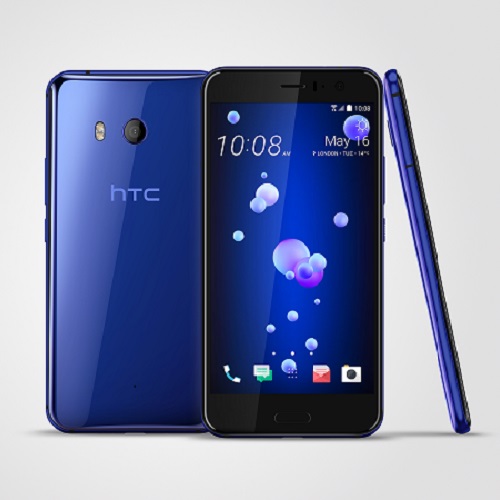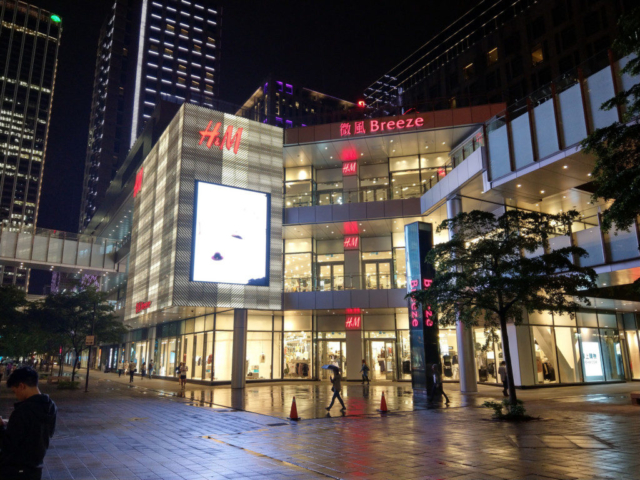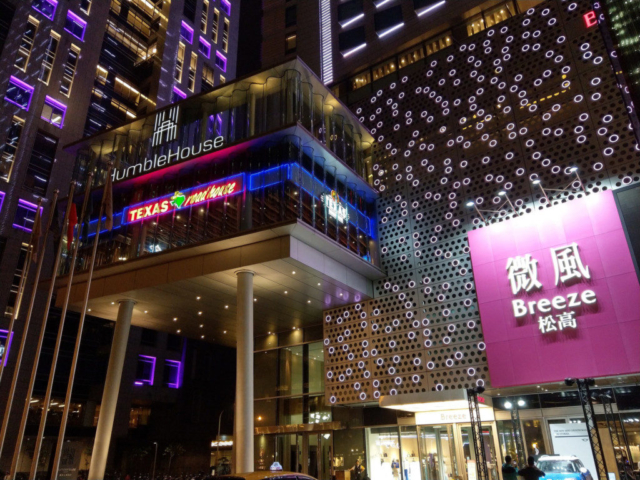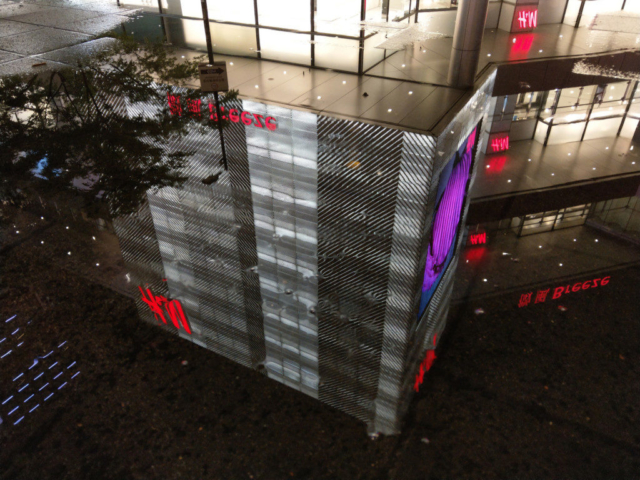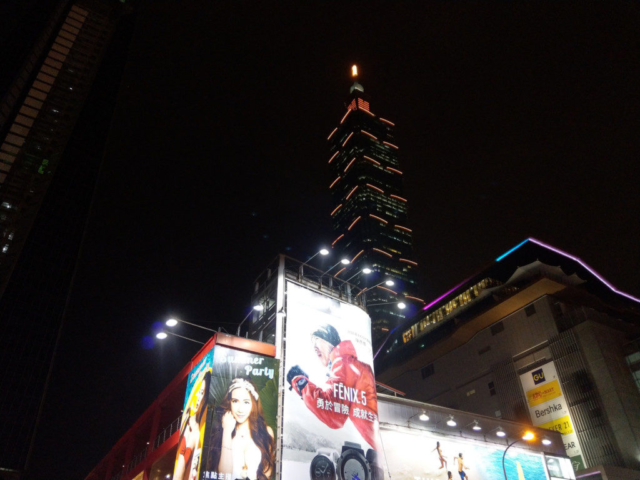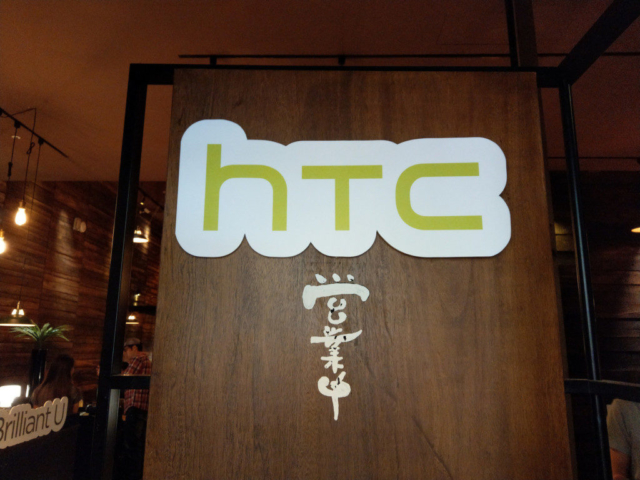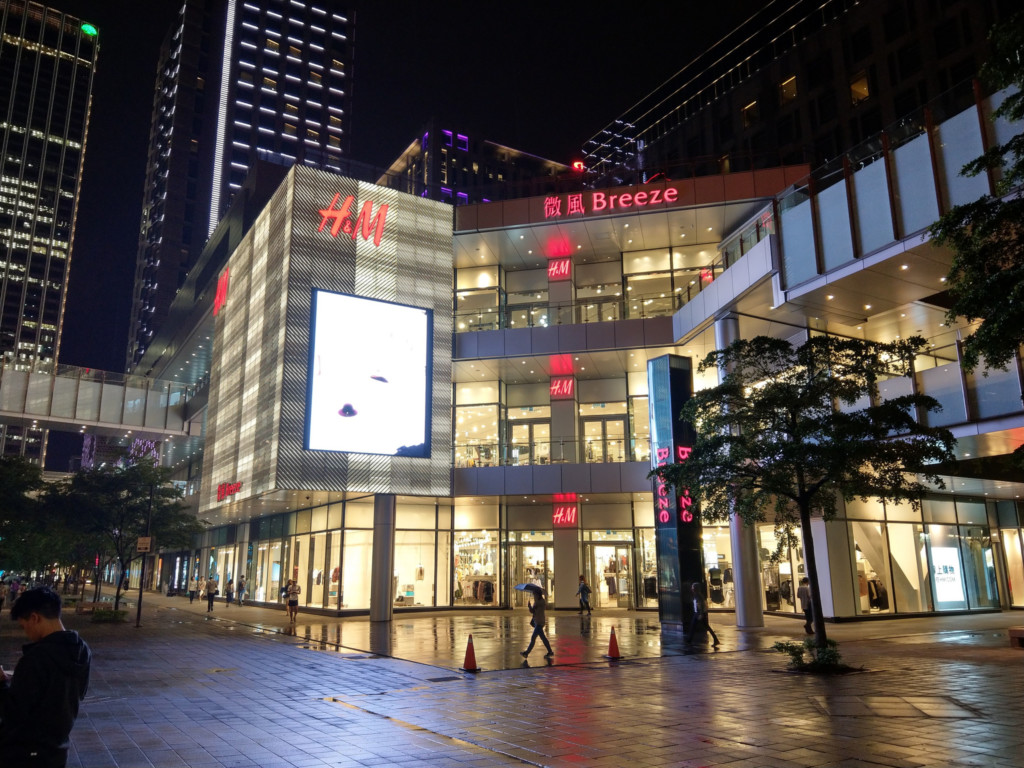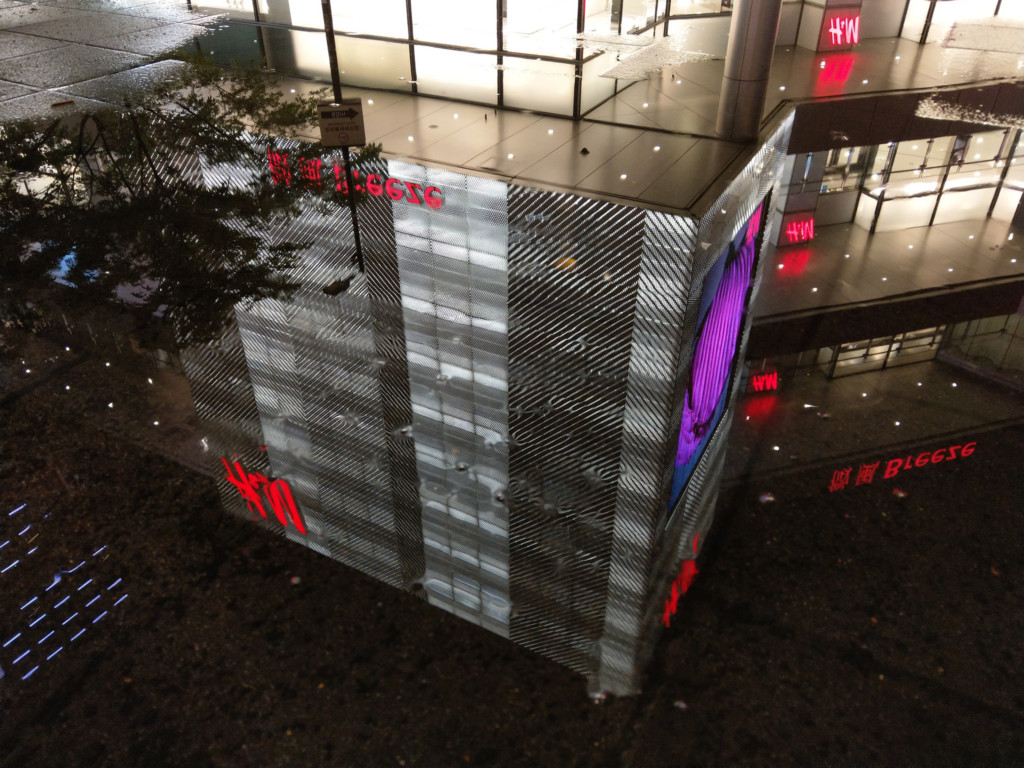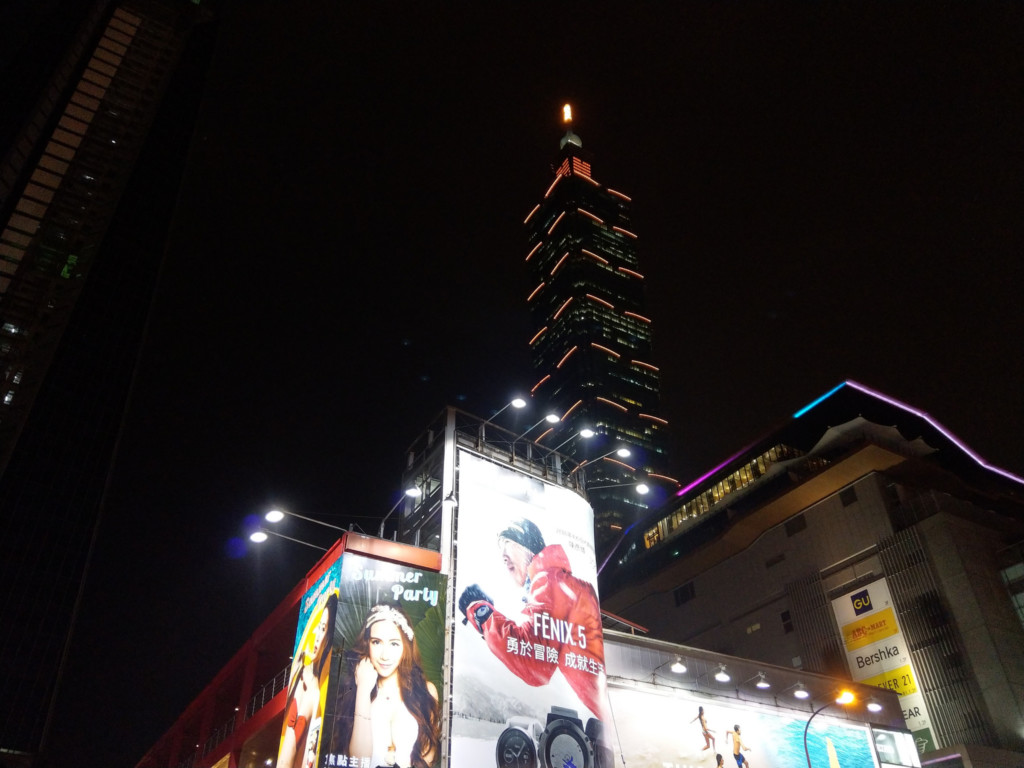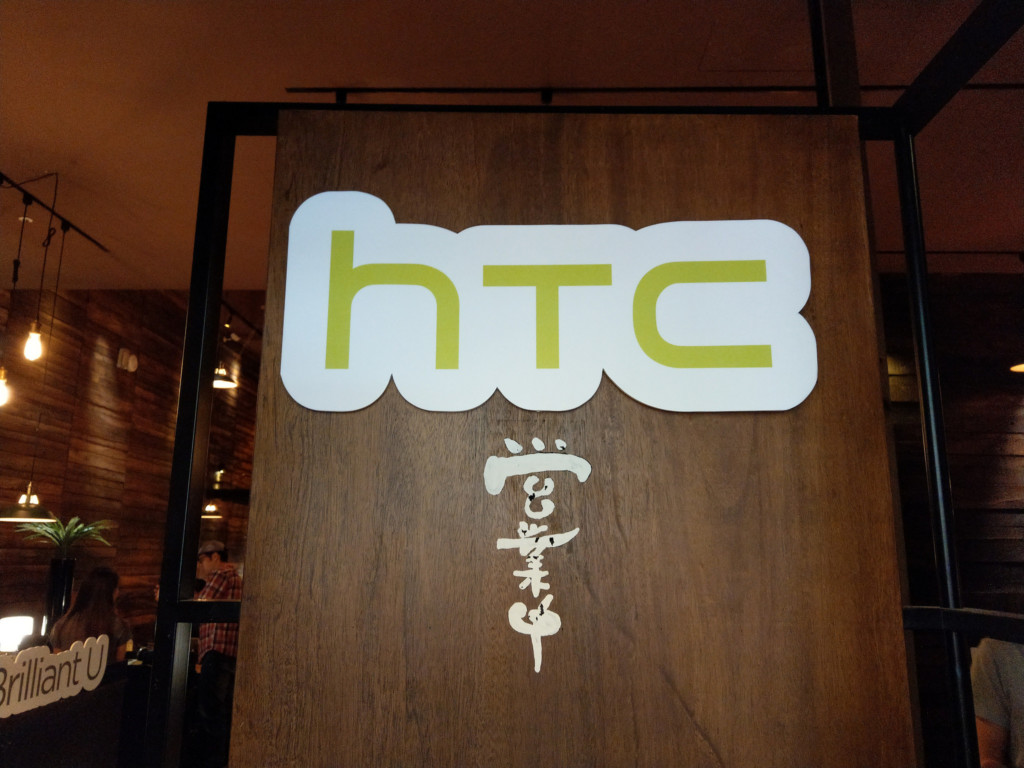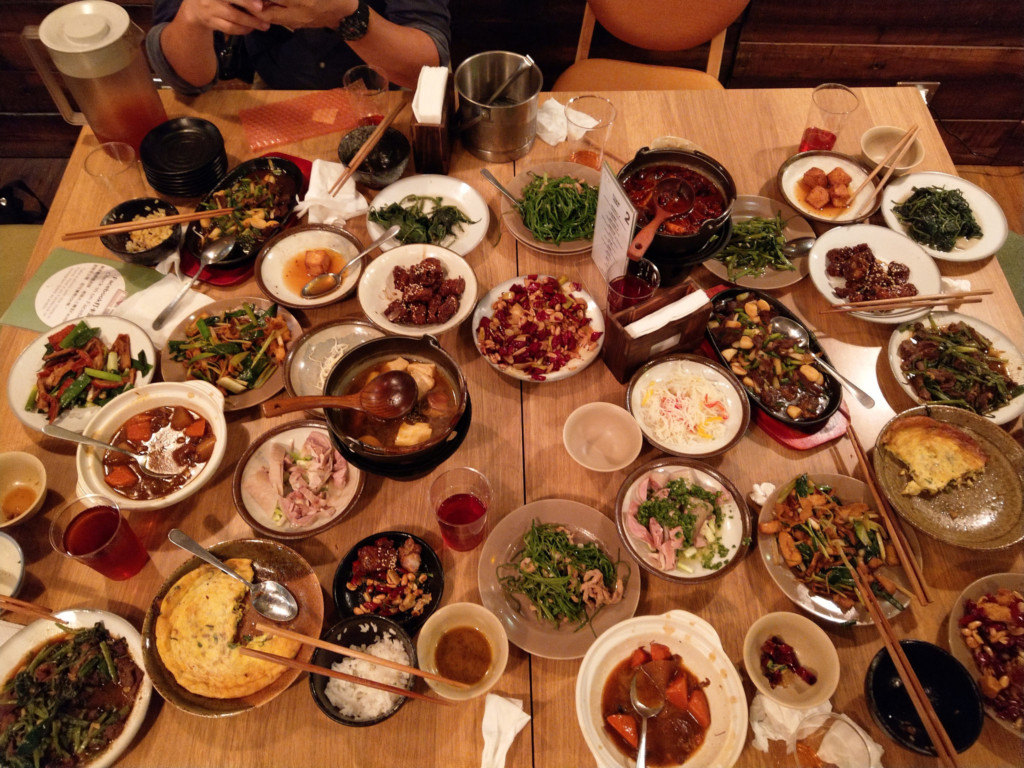"But there's no question that it's a bubble," he added. "It may have roots in something valuable, but can you really share everything?"
Chinese entrepreneurs like Xu Min think that, quite possibly, you can. In March, the 30-year-old serial entrepreneur from Jiaxing, a town in the eastern Chinese province of Zhejiang, came up with the idea of a basketball-sharing service after he heard some friends complain about the inconvenience of carrying a ball around.
Just four days later, Mr. Xu set up Zhulegeqiu, which in Chinese is a pun that roughly means "Rent a Ball." It lets users rent basketballs from custom-designed automated lockers at basketball courts around the country. To rent a ball, users scan a code on the locker with their smartphone camera, unlocking a compartment holding a basketball.
Zhulegeqiu charges users about one r enminbi, or about 15 cents, per hour for rental. A deposit of about $10 is required unless the user has a high rating on Sesame Credit, the social credit scoring system developed by China's Ant Financial, an affiliate of e-commerce giant Alibaba Group.
"In the long run, it may be more cost-effective to buy rather than rent a ball," Mr. Xu said. "But we think Chinese users are willing to pay a little more for convenience."
Earlier this month, Zhulegeqiu received around $1.4 million in venture investment from Modern Capital, a Shanghai-based venture capital firm.
Behind China's sharing boom is a surplus of money and — some critics say — a shortage of good ideas. Venture capital firms in China invested $31 billion in 2016, up nearly one-fifth from the previous year, according to a recent KPMG report. Much of that has gone to sharing companies, as some big-money winners and a thriving start-up scene draw investors from home and abroad.
"We're seeing a lot of money bouncing around," said Zhou Wei, chief executive of XNode, a start-up accelerator and co-working space in Shanghai, "and foolish investments being made."
Photo A woman placing an order on a touch screen at a pick-up station of the car-hailing app Didi in Shanghai. The Chinese government projects the sharing economy will account for 10 percent of the country's economic output by 2020. Credit Imaginechina/Associated Press
In its latest iteration, the sharing economy in China has evolved into something like an internet-enabled rental business. Unlike Airbnb and Uber, which provide a platform that connects users to existing resources, the latest sharing companies in China own the product and rent it out to users.
That is not to say sharing in China is necessarily a bad idea. Didi Chuxing, the ride-sharing company that bought Uber out of China, is a private company and does not disclose its financial results, but its valuation is rising as investors pour in. China also has conditions ripe for sharing, including a huge population, dense cities and a sizable group of people who cannot afford to buy.
"In China, average incomes are still very low and the market in many ways is still very price-conscious," said Mark Natkin, managing director of the technology research firm Marbridge Consulting. "So if the technology is there to support it and there's a viable business model, there are all sorts of sharing economy or pseudo-sharing economy businesses that can potentially do very well."
China's cutting-edge, smartphone-based mobile payment systems also make sharing a snap. Run by Chinese internet giants like Tencent Holdings and an affiliate of Alibaba Group, the payment systems integrate seamlessly with a user's bank account and allow even tiny transactions with simple taps and camera snaps.
The Chinese government sees promise in sharing. It estimates sharing last year accounted for $500 billion in transactions, and projected it would account for 10 percent of China's economic output by 2020.
All that drives ideas that may seem puzzling to others — including Shen Weiwei's umbrella-sharing business.
Mr. Shen, an entrepreneur, acknowledges that it may be difficult for his start-up, a shared umbrella service called Molisan, to turn a profit. Molisan, which means "Magic Umbrella," will reap only small profit margins charging one renminbi (15 cents) to rent an umbrella for 12 hours from one of Molisan's custom-designed kiosks, and customers could end up stealing them.
But Mr. Shen said he was confident that others would see the public and environmental benefits of having an umbrella-sharing service. So far, Molisan has already reached agreements with both the Guangzhou and Fuzhou city subway companies to place kiosks there. The goal, he said, is to have an umbrella kiosk within a 100-meter range at all times.
"Everyone at home has a lot of umbrellas, but we never have them when we really need them," said Mr. Shen. "If we are successful, then users will no longer have to buy umbrellas."
Some companies, like the Shanghai-based Duola, which connects concrete mixers, mixer drivers and construction sites, are more niche and have analogues with similar rental businesses elsewhere. Others have a broader user base. In recent months, top venture investors have been setting their sights on the portable phone-charging business, with plans to put portable-battery kiosks in malls and elsewhere. In the past two months alone, China's top three portable battery-sharing companies — Laidian, Xiaodian, and Jiedian — raised more than $127 million in financing, according to itjuzi.com, a website that tracks investment in Chinese technology companies.
Many remain skeptical. "Sharing basketballs, sharing umbrellas — these are all bad ideas," said Allen Zhu, Shanghai-based managing director at GSR Ventures, which was an early investor in Didi Chuxing, the popular bike-sharing company Ofo and Xiaodian. "They're both very tied to a particular location, which makes it difficult for the company to expand."
Entrepreneurs like Mr. Xu, of Zhulegeqiu, disagree, though they acknowledge challenges.
For one, the company does not appear to have found a sustainable way to recover stolen balls. During initial testing, Mr. Xu said, one competitor stole a basketball to analyze it more closely. Zhulegeqiu had the thief's contact information and recove red it through an old-fashioned strategy: incessant telephone calls.
"We thought about putting GPS trackers on the balls," said Xu Jie, chief executive of Modern Capital, the venture capital firm backing Zhulegeqiu, and no relation to its founder. "But we did the math and we discovered that hiring a few people to physically track them down was cheaper."
Continue reading the main story
Source:
In China, Umbrellas and Basketballs Join the Sharing Economy

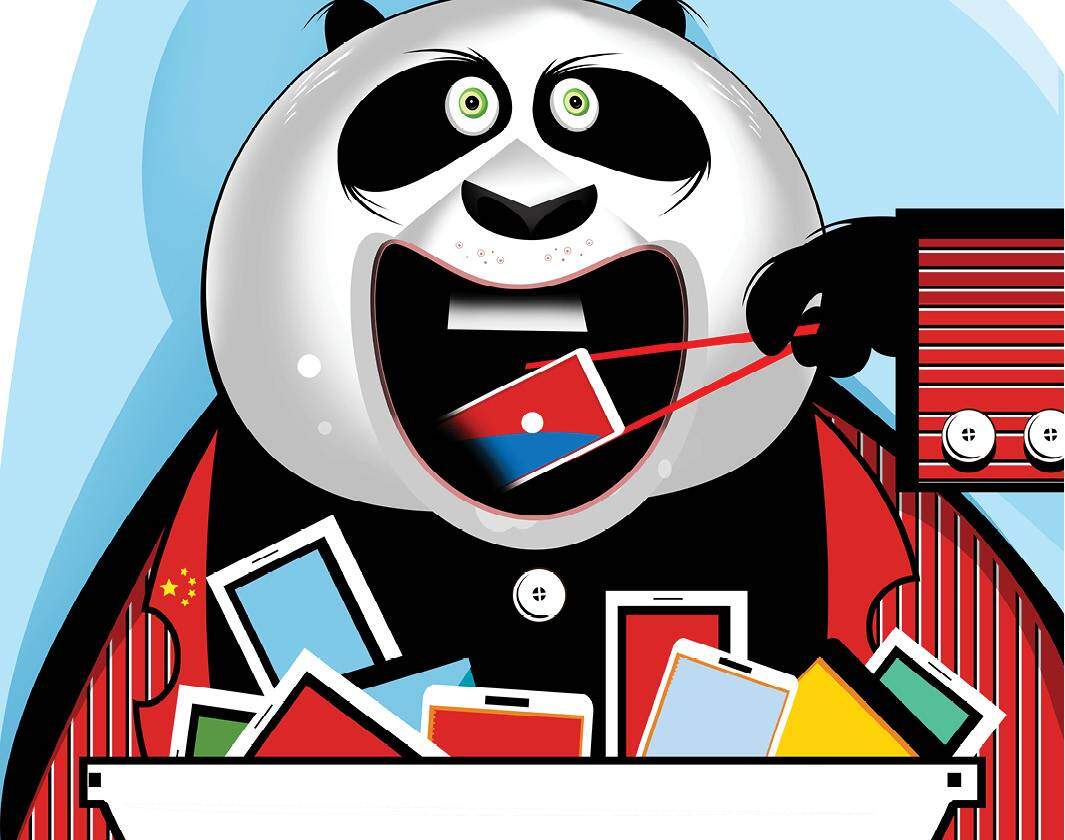 It's perhaps the most unscientific way of determining a shift in phone fortunes. But after over a decade of hearing this happen, I believe I've found the first sign of coming mobile dominance (or decline): the ringtones you hear on public transport, the first class compartments of Mumbai locals, for instance. Long before data confirmed the ebb in its fortunes, Micromax's distinct sitar soaked caller tune was ceding ground to the ebullient chiming of a tune Xiaomi simply calls Mi. Just as Nokia's ringtone gave way to Samsung over half a decade ago, and Samsung shifted to accommodate Micromax over the last couple of years.
It's perhaps the most unscientific way of determining a shift in phone fortunes. But after over a decade of hearing this happen, I believe I've found the first sign of coming mobile dominance (or decline): the ringtones you hear on public transport, the first class compartments of Mumbai locals, for instance. Long before data confirmed the ebb in its fortunes, Micromax's distinct sitar soaked caller tune was ceding ground to the ebullient chiming of a tune Xiaomi simply calls Mi. Just as Nokia's ringtone gave way to Samsung over half a decade ago, and Samsung shifted to accommodate Micromax over the last couple of years.

